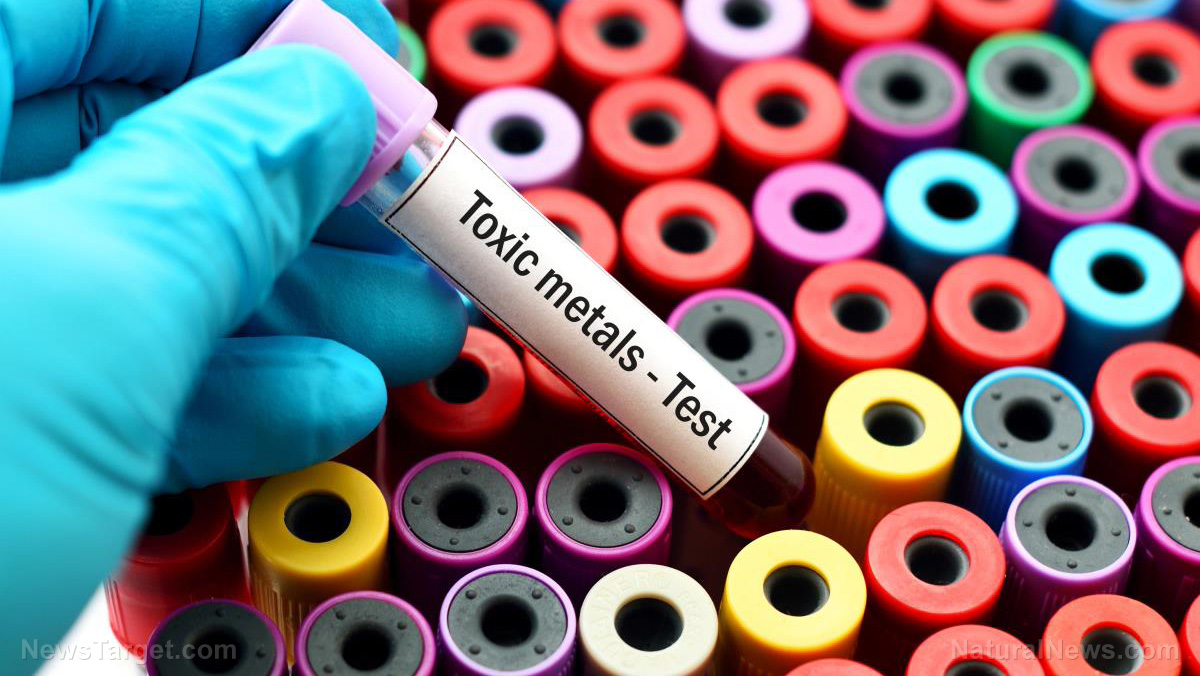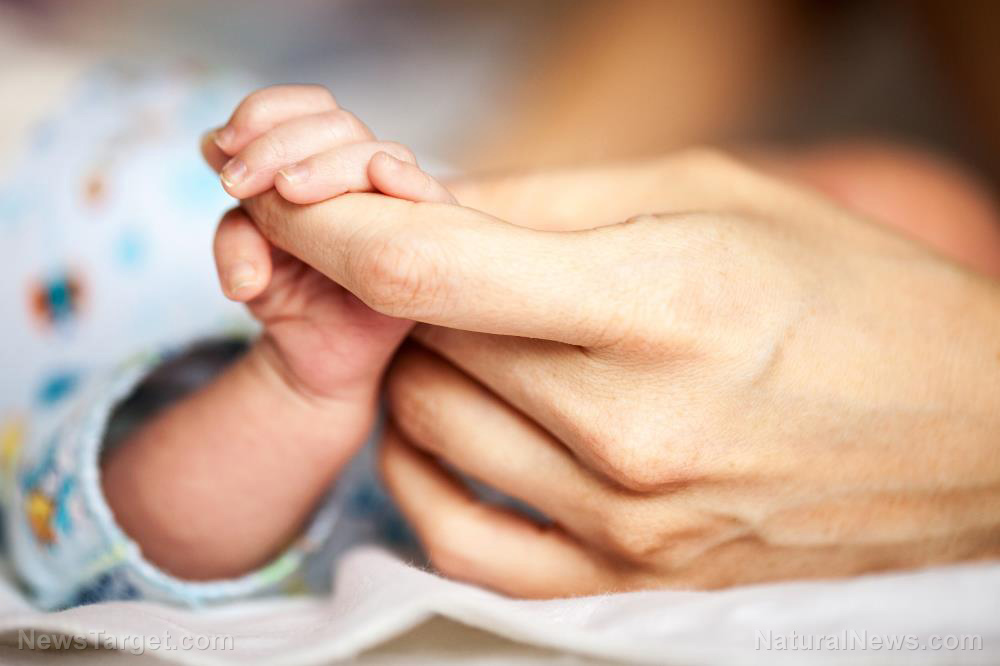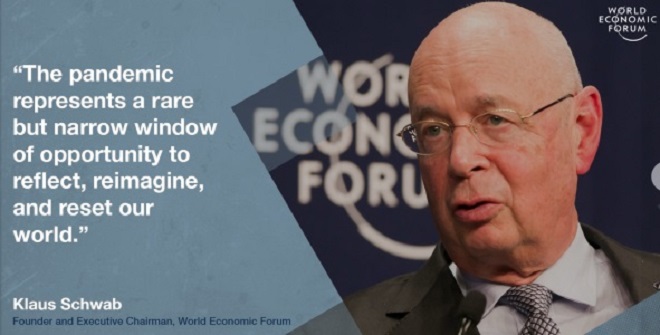China set to experience ‘winter wave’ of death as Beijing eases ‘zero COVID’ policies following widespread protests
12/08/2022 / By JD Heyes

China’s “Zero COVID” policy, which has been in place in one form or another since the outbreak began in that country two years ago, has finally run its course, apparently, following new and widespread protests throughout the country over the past month.
As such, Beijing appears set to lift the restrictions but according to analysts, that decision will come at a deadly price.
Amid those protests and the associated waning economic growth that came with them, new policies that will allow for some home quarantines as well as allowing citizens to enter public areas without being tested were announced following a meeting of the Chinese Communist Party’s politburo during which they outlined how it was more important to stabilize the economy than combating a two-year-old virus that never had the lethality that the globalist regime claimed it did.
Still, that doesn’t mean that COVID doesn’t kill; it does, and as populous as China is, lifting restrictions could mean resulting deaths in the hundreds of thousands, if not millions (which will also affect China’s economic output and exports, thereby exacerbating a global supply shortage of nearly everything from food to cars to computer chips).
“We will protect people’s safety and health to the greatest [extent] and keep the impact on social and economic development to a minimum,” the State Council Prevention and Control Mechanism said on Wednesday, which was quoted by South China Morning Post.
The new measures from the communist government call for isolating asymptomatic or mild Covid cases at home rather than in quarantine camps or hospitals for seven days. Anyone in contact with the infected would have to quarantine at home for five days instead of eight days at a camp and then at home.
The State Council disbanded the rule for people to show negative Covid tests before entering public places.
“People no longer need to show a negative PCR [polymerase chain reaction] result or a health code to enter public venues or to travel, except when entering hospitals, schools, and homes for the elderly,” the SCMP noted further.
The outlet added: “The new policy stressed that basic social and medical services need to be provided. People’s movements, work and production should not be restricted in low-risk areas.”
China has sounded the clarion call for the country to return to normal life. These measures are more resolute than the recent self-adjusting measures of various provinces. It is a reflection of the whole country’s determination to escape the shackles of COVID-19. pic.twitter.com/FuEQahBBGG
— Hu Xijin ??? (@HuXijin_GT) December 7, 2022
Still, the news is being met with mixed emotions because it still isn’t certain how the ChiCom government will actually implement the changes, or, rather, allow them to be implemented.
“Although the measures announced today are positive steps towards reopening, it appears some of the reopening exuberance is fading. Disappointing trade data is also a reminder of the slowing external demand heading into next year,” said Marvin Chen, an analyst at Bloomberg Intelligence.
“Though the market is still trading on the positive expectations we are not entirely out of the woods, as we still have to get past the panic that might come with the first wave of infections,” Ma Xuzhen, fund manager at Longquan Investment Management, added.
“The current propaganda messaging is that a reopening will be costless,” said Rodney Jones, principal at Wigram.
“The risk is that they are underestimating just how much work — and cost — the rest of the world has done and borne to get to the point of living with Covid.
“China has done nothing to prepare for this step, and Xi appears to be doing so on impulse as a reaction to the protests, rather than as part of a careful policy program,” Jones said.
Sources include:
Submit a correction >>
Tagged Under:
chaos, ChiCom, China, communist government, COVID deaths, covid-19, deaths, economy, lifting restrictions, lockdowns, lockdowns lifted, outbreak, pandemic, panic, Plague, virus, wave of deaths
This article may contain statements that reflect the opinion of the author




















